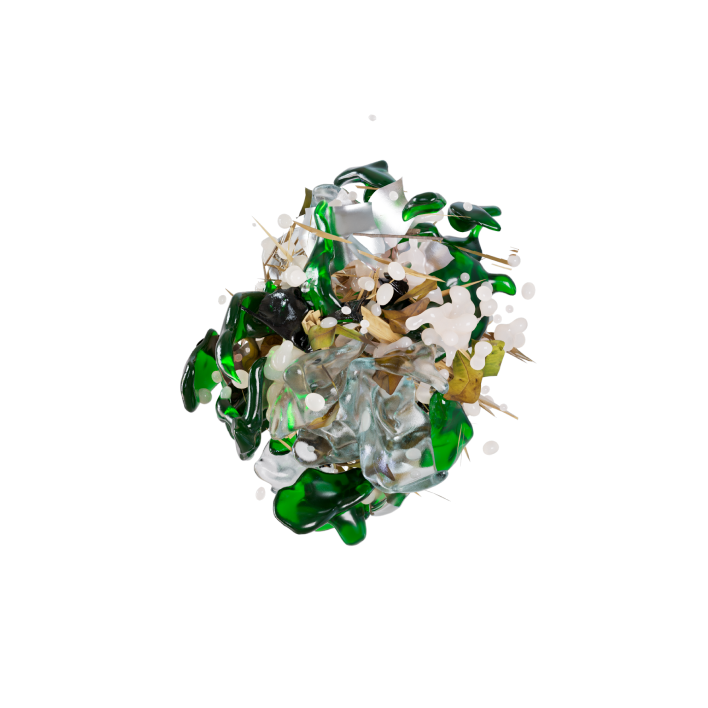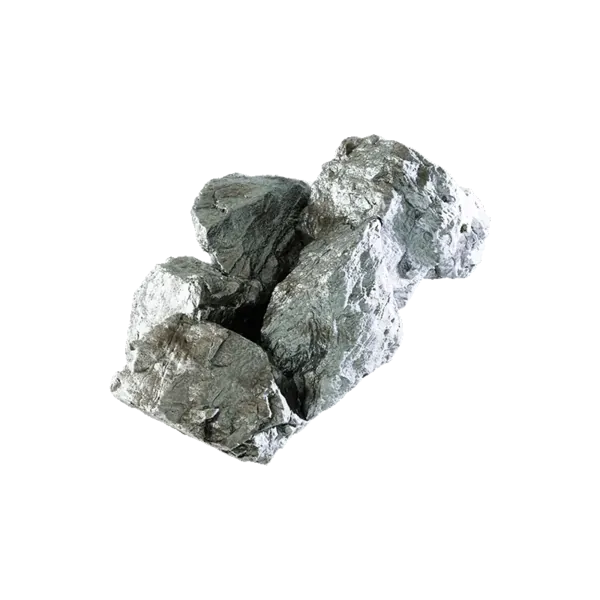Discover how we enable a carbon neutral world
Scroll down to learn more
We create solutions for the following markets
01
02
Using a combination of these technologies
Providing successful solutions to our clients
01
02
01
02
Client: Oxygen enrichment to reduce NOx emissions
Oxygen enrichment to drastically reduce NOx emissions in a green glass and flint production company.

- A client with two end port regenerative furnaces used in flint and green glass production were looking to reduce their carbon footprint
- The furnaces were operating at 380 and 400 tpd
- Nippon Gases installed their proprietary technology to both furnaces, drastically reducing NOx emissions
The following equipment was installed in order to reduce the NOx emissions – all specially engineered by Nippon Gases:
- Main Oxygen Skid
- Oxygen skid control for each lance
- Lances with nozzles
- Panel view electrical cabinet
- Before installation of Nippon Gases’ paraphernalia, the furnaces were operating at 380-400 tpd and producing 800-870 mg/Nm3 of NOx emissions at the Port Neck
- After installation, the total NOx emissions had reduced to 590-630 mg/Nm3, showing a 26.5% decrease in emissions
KEYWORDS :
Innovation
Client: From recuperative furnace to 100% oxy-fuel furnace
We transformed an old recuperative glass furnace based on air-fuel combustion to 100% oxy-fuel for a glass company.

- A customer with a recuperative glass furnace (52 tpd capacity) wanted to reduce the total energy consumption of their main furnace, whilst increasing production of glass. Achieving this whilst maintaining the furnace superstructure
- We started developing a solution to substitute their old air-fired furnace to an oxy-fired one
- The old recuperator turned defunct and the space occupied by it could be used for other purposes around the factory
- Together with the customer’s engineering team, we developed a customized solution to transform their old recuperative glass furnace; based on air-fuel combustion, to 100% oxy-fuel
- Compiling the customer’s experience on the furnace’s engineering with the experience of Nippon Gases’ Combustion Team, the new furnace was designed reusing the old super structure; elongating the old furnace footprint and doing the necessary CFD simulations and calculations in order to build a furnace capable of achieving the required glass quality – minimizing the NOx and particulate emissions
- The furnace entered into production with a LOX (liquid oxygen) supply, but was designed ready to incorporate one VPSA (Vacuum Pressure Swing Absorption) system some months after start-up – once the glass production entered a stable level
- The combustion system installed comprised of one state-of-the-art safety skid, together with the skid to control the pressure and flow of the comburent and oxidant, as well as the most advanced Dilujet JL burners capable of using the Diluted Oxygen Combustion concept (the market’s responsible for achieving lower NOx emissions for this kind of furnace)
- We achieved the desired production level increase from 52 tpd to 65 tpd of glass, reaching the desired quality level
- The furnace’s specific energy consumption was reduced from 200Nm3 NG/t glass to 100Nm3 NG/t
- NOx emissions where drastically reduced and the flue gas volume also decreased in volume even when taking into account the increase of production level
- Operators can smoothly run the new furnace without the necessity of continued supervision on the flue gas Tª to avoid damaging the recuperator that was necessary to have with the previous furnace’s design
- The customer received our support and advice in every step of the project
- The addition of the new VPSA system, that is capable of generating the necessary oxygen amount at the right pressure and quality, helped reduce the number of trucks that arrive every week to the plant
KEYWORDS :
Innovation
Client: Oxygen use in steel reheating furnace
We introduced oxygen into steel reheating furnace process in order to reduce energy consumption.

- Introducing oxygen into steel reheating furnace process in order to reduce energy consumption.
- Overview of the Mini Mill process:
- 1. Electric arc furnace produces molten steel
- 2. Molten steel enters a steel refining facility
- 3. Undergoes continuous casting
- 4. After which enters the reheat furnace
- 5. Produces final products: structural profiles, bars, slabs, etc.
- Initial inspection of the furnace in order to fully understand the problem
- Taking into account (amongst others):
- - Furnace type
- - Nominal production rate
- - Actual throughput
- - Charge dimensions
- - Specific energy consumption
- - Internal pressure
- Split into multiple cases to properly simulate the problem and model the solutions
- Installed an oxygen control skid with automatic flow control (0-900nm3/h) and electric cabinet with PLC and HMI screen
- The solution was a success, with good operation and no instances of quality problems, temperature problems or refractory damage
- This resulted in energy savings (8.3% average), reduced CO2 emissions (4.6 kg/Ton average) and reduced production costs
KEYWORDS :
Innovation
Client: Upgrade from recuperative furnace to 100% oxy-fuel
Recuperative air-fuel glass furnace is transformed to 100% oxy-fuel whilst maintaining production

- A customer with a recuperative glass furnace (6 air fired recu burners and 22 m2) wanted to reduce the total energy consumption whilst improving production and glass brightness
- Achieving this whilst maintaining the furnace in operation
- After 2 weeks, the old air-based furnace was fitted with the best-in-class oxy-fuel technology to continue producing for two more years
- The customer wanted to reduce CO2 emissions, however, the furnace's campaign is not over jet
- Nippon Gases. together with customer's engineering team, designed the transformation of the old recuperative furnace whilst maintaining the furnace's production
- The new oxy-fuel combustion system was installed at the old furnace after finalising the corresponding calculations and CFD simulations, to be sure that the old furnace could accept the state-of-the-art technology whilst maintaining production level and reducing CO2, NOx and dust emission levels
- Safety skid plus flow and pressure skid control for comburent and oxidant was implemented at the site together with the most advanced Dilujet JL burners, which, using Diluted Oxygen Combustion technology, can achieve more sustainable NOx emissions levels
- After 2 weeks work the old furnace continue the glass production till end of the campaign
- We achieved the desired production level increase from 47tpd to 62tpd of glass, reaching the planned quality level
- The furnace’s specific energy consumption was reduced from 200Nm3NG/t of glass to 100Nm3NG/t
- NOx emissions were drastically reduced, and the flue gas volume also decreased; considering the increase of production level
- Dust emissions were also reduced
- New VPSA system, capable of generating the necessary oxygen amount at the right pressure and quality, helped increase the electrification site's level and the reduction on Green House Gas emissions
KEYWORDS :
Innovation



